
Military camouflage has the strange affliction of being utter dogshit at least half the time it’s implemented–even in our richest and most scientific military in human history. The last time the US military properly invaded a country, it was with uniforms that had the whole world asking: “What the fuck is that?”
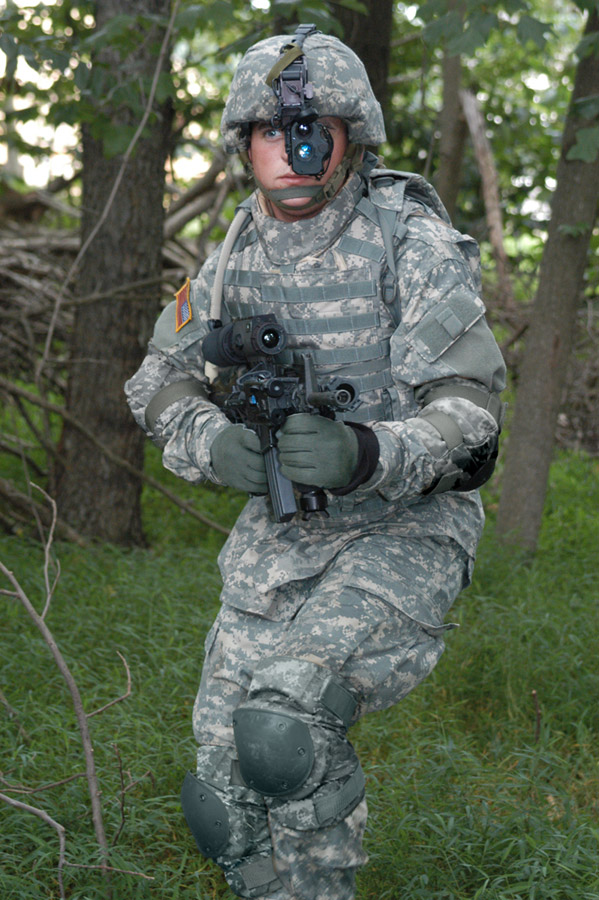
(image source: https://www.milspecmonkey.com/articles-page/63-articles/52-ucp-sucks-universal-camo-pattern-rant)
UCP, or the “Universal Camouflage Pattern,” was THE example of military ignorance. It was universally unsuited to all environments except a gravel pit. It’s too bright in woodland, too green in desert, and pixelated in a perfect, 2000s-era tack. All of the marketing from its universal coloration to its digital pattern, has since been admitted to be bullshit.
But UCP’s physical problems pale in comparison to the ignorance that brought it about. There were decorated engineers in charge of military acquisition. Someone just deciding on a pattern, based on personal preference and futuristic woo-woo, was not supposed to happen–but it did… and it will again.
After quietly dropping UCP, the Army rushed to pick up MultiCam–something closer resembling the U.S. Woodland pattern of the 80s. Going back in this case, was going forward.
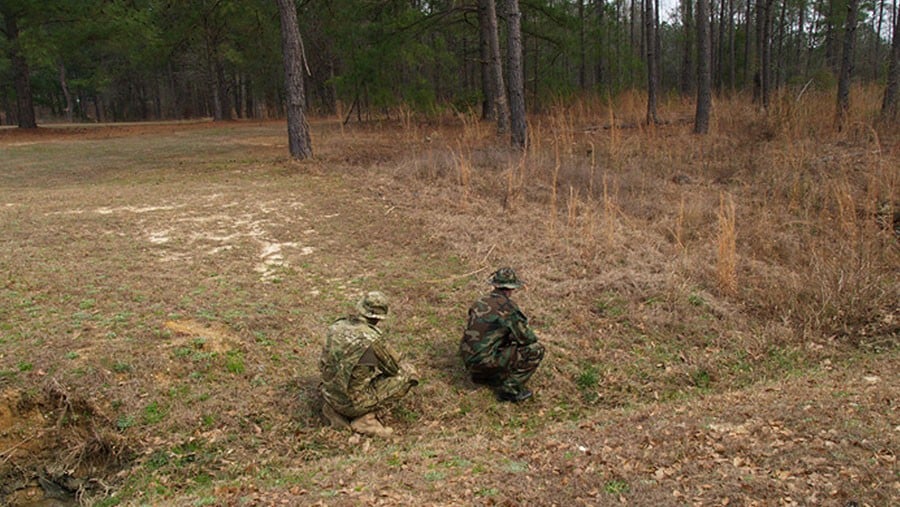
(image source: https://www.pewpewtactical.com/best-camo-patterns/)
Why? Well, for the principles of camouflage.
The first recognizable feature of military camouflage is its pattern, specifically the Macro-Pattern: a word describing the largest portion of the pattern before it repeats.
MultiCam uses the tried and tested squiggly shape pattern. The pixelated design of UCP was sold as a step into the future, but it turns out pixelization probably does nothing better than squiggly splotches. What really matters is the color and size of them.
Up close, the pixels are clear and distinct, but far away they blur. (This is how the screen you are using works too.) “Cool future tech,” a fat general might think. But consider that the colors also blur together. Now the pattern isn’t individual colors but a throwup mix of all of them–or what’s called “Partitive Mixing.”
Since the pixels are so small, someone wearing UCP at a distance of more than fifty meters is just going to look like the average of the colors used; in this case, pale gray.
MultiCam fixes this problem by using a larger pattern and better colors. It still blends together at a distance, but that blended color is brown–which happens to be the color of the ground.
Fans of MultiCam will be quick to point out that it boasts a bunch of other features: the splotches are more varied than older patterns; there are vertical “twiglet” splotches within the traditional horizontal ones; within the splotches are color gradients instead of solid colors. That all breaks up a user more than standard patterns–so they say.
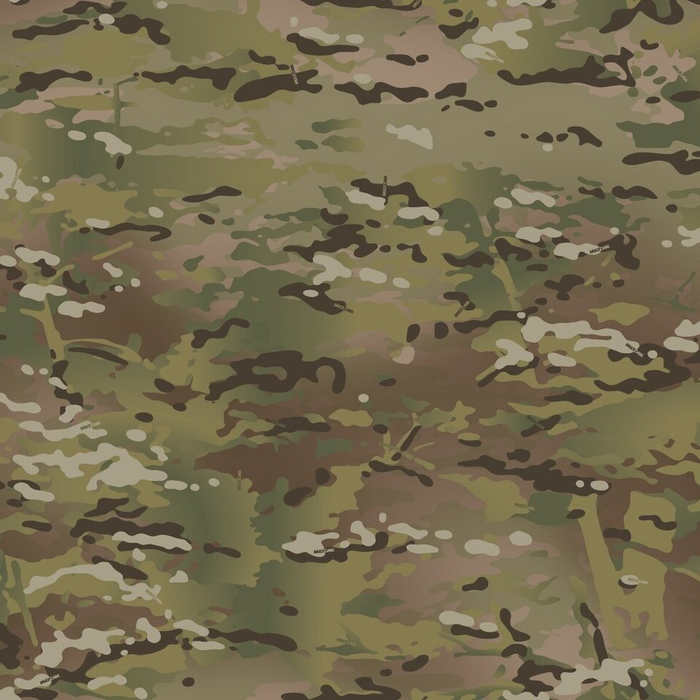
(image source: https://www.multicamvinyl.com/store/p/original)
But what will that become when one backs up to fifty-meters?
The same shit as always, one color.
Now that’s not a problem as long as the environment you are in is also a single throwup color. But in most of the world–I would argue–that is unfortunately not the case.
Look across the horizon anywhere in the world and what do you see? Maybe some green grass, some deader grass, a lot of dirt, maybe bushes, maybe trees. These features often span whole yards across. But a soldier is not multiple yards wide and one cannot fit this whole pattern onto one uniform. So what is to be done?
In modern doctrine, we vary the pattern in increasingly complex ways. Add highlights, shadows, gradients, more colors. When you put all these against the horizon, you can see the patches of dry grass, the dirt, the bushline. Job done right?
Well no. This only works when we hold it up close to us.
Are we expecting enemies to be ten feet away from our soldiers, mistaking the green splotches on their jacket for a bush 200 yards away? The current focus of disruptive patterns seems to be camouflaging the soldier against what is far behind them–like Wile E. Coyote painting a tunnel onto a boulder, expecting the Roadrunner to smash right into it.
Instead, camouflage should reflect what the user will be immediately ON, when they need it.
But when, and on what, do they need it?
When bullets fly, soldiers hit the -what-? Hit the bush? Hit the grass? Hit the leaves?
Dirt. Soldiers “hit the dirt.” They dig positions in the dirt. They fight from the dirt. And underneath everything everywhere is DIRT.
There is no point in coloring yourself like a tree if you are going to lay in the dirt while the enemy shoots at you. A tree-colored target is easier to shoot against dirt than a dirt-colored target.
Unless you’re in Scotland, you will be naturally camouflaged in vegetation if you are the color of the dirt underneath. Green does not need to be printed and mixed in, or matched to the average of every season. Get rid of it and save ink, time, and money. And if–for some reason–you really need to look like a bush, just cut down a bush and wear it.
That’s the end of my rant on color, but now what pattern is best?
Take a look at the patterns of the animals in these slides:
How big are the macro-patterns? How often does their pattern repeat?
That’s a trick question, because they don’t repeat. The macro-pattern stretches across the entire body. This is universal across the animal kingdom.
A cheetah may have spots, but its whole back is one shade, and its stomach is another. That is the macro pattern, not the spots.
Military camouflage, in contrast, can hardly go six inches without repeating.
Our patterns must grow in size, because if the pattern doesn’t contrast at a distance, it doesn’t work at a distance. Our splotches must dramatically grow. This will push the usefulness of camouflage from spitting distance, to gun-fighting distance. This was tried in 1973 under the MASSTER trials, where they inflated the ERDL pattern up to 400%, to increase its effective distance. The 400% increase was not chosen, but the 60% increase was, and created the US Woodland pattern that we used for decades. I personally believe the 400% was not chosen for subjective reasons, the primary of which being that it looked weird up close. And if the camouflage didn’t work up close (in photos) then the American people (or top army brass) might not think it actually works.

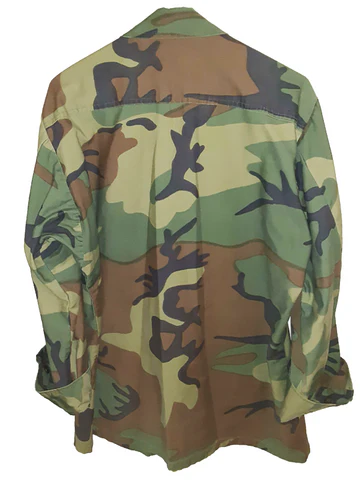
(image source: https://omegamilitaria.com/blogs/reference-guides/us-leaf-woodland-camouflage-patterns-1948-1981)
To those who will argue that close-range effectiveness is paramount, consider that everyone whose job it is to get close enough to the enemy to piss on them, isn’t wearing a standard uniform in the first place. Testing uniforms at close range has been outdated since we put down bows and arrows. Standard uniforms are for evading binoculars, rifle sights, and aerial photography.
Furthermore, if the pattern sizes on infantry uniforms were optimal, then tanks could be camouflaged with the same patterns. Strangely, they aren’t. Tanks are camouflaged with tank-sized patterns. So why aren’t humans using human-sized patterns?
The camouflage of the future does not need increased complexity, micropatterns, or fancy gradients. It needs to countershade. It needs to disrupt a human shape at three-hundred meters and up.
The camouflage of the future will first be big and simple, like Swedish M90K. It will have darkened and lightened panels to countershade against sunlight. Boots and pants will be lighter, helmets and shirts darker. Then humans may finally catch up to beasts.

(capture source: https://www.youtube.com/watch?v=JguoUr2LpMY
editing by me)
But it is unlikely our military will realize this. In our age of rapidly changing warfare, the simple science of individual camouflage will likely fall the wayside, where sort of always was. Though, if someone wanted to field the most effective uniform ever made, the door is sitting wide open.
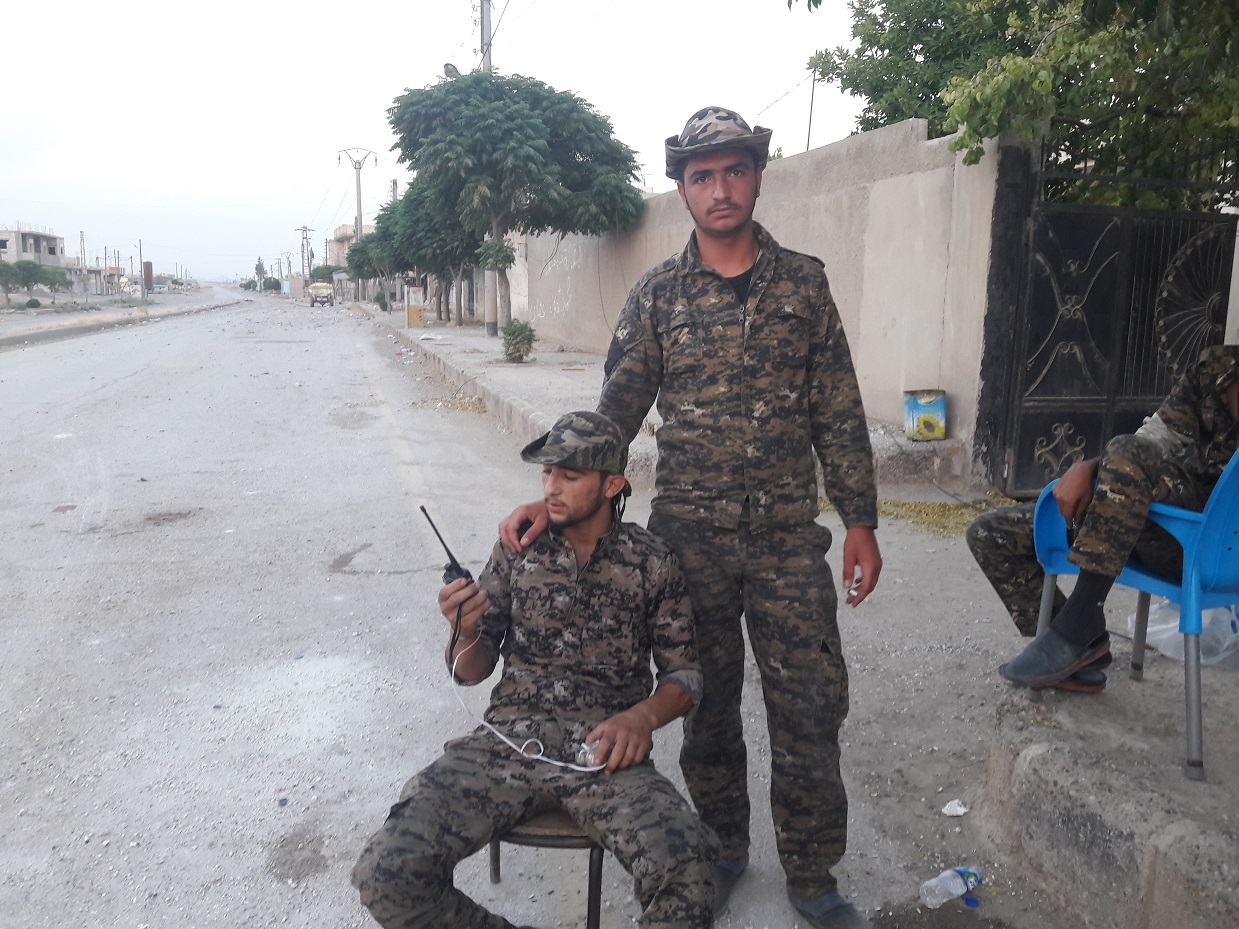
Leave a Reply